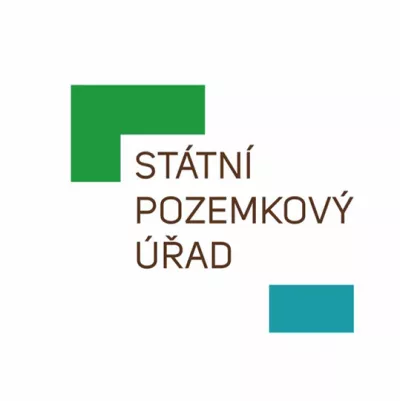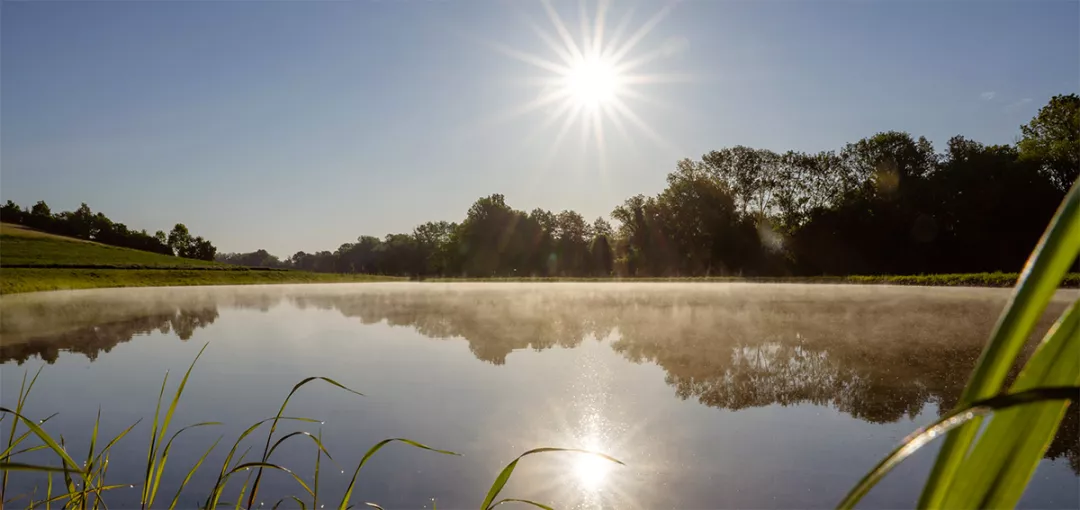General information
RDP Priority
- P2. Competitiveness
RDP Focus Area
- 2A: Farm’s performance, restructuring & modernisation
RDP Measure
- M04: Investments in physical assets
Beneficiary type
- Public authority / body
Summary
The Holomně river, in Czechia’s Holomna valley, flows between the villages of Drslavice and Prakšice. The river flow was completely unregulated creating a significant risk of flooding in the village of Drslavice and its surroundings. To improve water retention and increase the natural value of the area, CAP funds for flood protection were used to revitalise and fortify the right bank of the Holomně River. This involved building a polder which includes a reservoir and a wetland.
Results
- Τhis flood protection project to revitalise the Holomně riverbank succeeded in increasing the water retention capacity of the area and reducing soil erosion and siltation.
- It increased flood protection for the village of Drslavice and its surroundings.
- The project has also increased the natural value of the area and has improved accessibility to the adjacent areas.

Promoter
State Land Office
Funding
Total budget: 1 040 082 (EUR)
EAFRD: 496 713 (EUR)
National/Regional: 506 748 (EUR)
Private/own: 36 621 (EUR)
Ressources
Context
The Holomně River flows between the villages of Drslavice and Prakšice. The river flow had been unregulated and naturally meandered through the landscape. However, this positive fact threatened the village of Drslavice and its surroundings. Water from the river could overflow into the village through the floodplain outside the Holomně riverbed. The vegetation on the steep banks in the untreated section of the river could cause a blockage in its flow in the event of a major flood. This happened in June 2010, when the village of Drslavice was hit by a flood caused by heavy rainfall. In addition to this event, the village was often affected by mudflows. The solution was to carry out a revitalisation project on the village side of the Holomně River.
In cooperation with the Association of Municipalities of the Czech Republic, a practical land improvement training was held in Drslavice on 31 July 2024 where the mayors of the municipalities were provided with practical information on the process of land improvement, including practical examples of implemented elements of the common facilities plan. The decision to implement revitalisation actions on the right-hand bank of the Holomně was based on the requirements of the municipality of Drslavice and its council and is also in line with the strategy of the Lower Poolsavie LEADER LAG. The state land office (Uherské Hradiště Branch) was the funding beneficiary.
Objectives
This project aimed to:
- Reduce the risk of floods for the village and improve water drainage.
- Reduce soil erosion and siltation by withholding most of the sediment.
- Increase the area’s ability to retain water in the landscape.
- Create conditions for establishing a bio-centre.
- Create a landscape with a significant proportion of wetlands.
Activities
Financing was provided within the framework of the 2014-2020 Rural Development Programme. These funds were used for building a flood protection system, a so-called ‘polder’, which catches a large amount of torrential rainfall and prevents its destructive effects on the village’s residential and business zones. The polder has a maximum level which, once reached, directs floodwater into a reservoir. Excess water can be discharged into the stream by an overflow channel.
Actions such as planting along riversides were designed to reduce erosion risks.
Main results
- Overall, the revitalisation achieved the objectives set which included increasing flood protection for the village by increasing water retention while reducing erosion and siltation.
- The effectiveness of the implemented flood protection measures has already been proven in practice, as they prevented damage to the Drslavice intramural area within the first four months of their construction. Further protection of the village occurred during extreme weather in June and September 2024.
- The revitalisation has created an ecologically significant landscape element.
- There has been an increase in the number of plant and animal species living in the area, including the return of endangered bird species and insects.
- Over time, the revitalised area is expected to further increase the diversity of flora and fauna. Improved vegetation cover can better regulate the water cycle and mitigate erosion, resulting in a more stable ecosystem. The revegetation will further improve water and air quality which will deliver a range of health and development benefits for local people.
Key lessons
- Sustaining the ongoing maintenance of the revitalised area beyond the project implementation period is a vital part of ensuring the durability of the results achieved. This can be supported by local organisations that should be involved in both the planning and implementation of the project.
- The specific conditions of the area presented the project with challenges, but also opportunities for creative solutions. A thorough analysis of the area, including mapping the existing conditions, was an essential part of understanding the needs and opportunities of the area.
- It is important to actively involve organisations in the project planning and implementation processes to increase support and ensure ongoing maintenance of the area.
- During the project preparation process, the project documentation and grant applications need to be prepared carefully to avoid delays and complications later
An interesting aspect of the project has been watching the local flora and fauna gradually recover after the planting. It was fascinating to observe how nature helps itself to regenerate when given the right conditions.
Contact Information
Email: komunikace@spucr.cz
